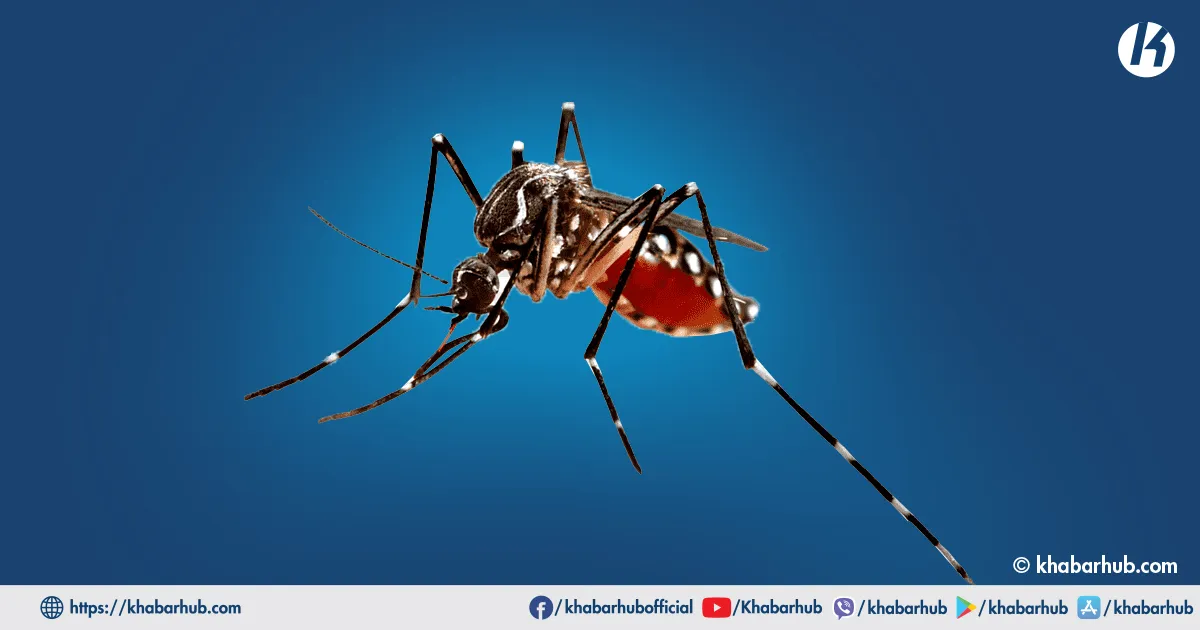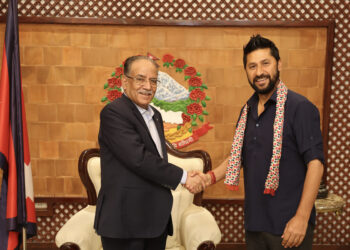KATHMANDU: The country is facing a significant surge in dengue fever cases, with more than 5,000 people infected, as reported by the Epidemiology and Disease Control Division.
The situation is particularly concerning in Sunsari district, which alone accounts for over half of the total cases.
Since January of this year, Nepal has recorded a total of 5,688 dengue infections, out of which Sunsari district reported a staggering 3,486 cases.
Division Director Rudra Prasad Marasini attributed the sharp rise in infections to people’s recklessness and a lack of attention to sanitation during the continuous rainy period, which provides favorable breeding conditions for the Aedes aegypti and Aedes albopictus species of mosquitoes responsible for transmitting dengue.
Within a week, the number of dengue cases escalated from 4,619 to 5,688, indicating the rapid spread of the disease.
Dengue is transmitted when these mosquitoes lay their eggs in clean water, which then develop into larvae and later into adult mosquitoes that can infect humans with the virus through their bites.
To curb the spread of dengue, it is crucial to remove standing water, especially around residential areas.
The most affected districts are Sunsari, Dhading, Kaski, Darchula, Kathmandu, Sankhuwasabha, Myagdi, Morang, Kanchanpur, and Jhapa.
Of these, Sunsari has the highest number of cases (3,486), followed by Kathmandu (96) and Jhapa (56). Koshi Province is the worst-hit region, reporting 3,821 dengue cases, while Madhes Province has the least, with only 26 cases.
Four individuals have lost their lives to dengue fever since January in Nepal.
To control the outbreak, authorities are urging citizens to take necessary preventive measures, including eliminating stagnant water sources and adopting mosquito bite prevention methods.









Comment